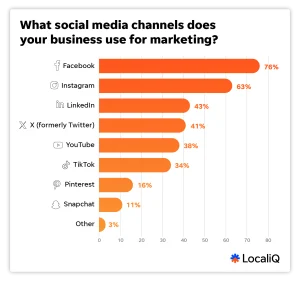Sure, we’ve all heard about VR flight simulators or AR manuals for factory workers. But what about the industries and use cases flying under the radar? The ones where AR/VR could be transformative—if only someone would notice? Let’s dig into the overlooked, underfunded, and downright surprising ways immersive tech could reshape professional training.
1. High-Stakes, Low-Tech Fields
You wouldn’t expect a plumber to need VR goggles, right? Wrong. Imagine practicing pipe repairs in a virtual flooded basement—no water damage, no frantic clients. Or electricians troubleshooting faulty wiring in a risk-free AR overlay. These trades face real dangers during training, but AR/VR solutions? Almost nonexistent.
Where It’s Missing:
- Skilled trades: Welding, HVAC, carpentry—fields where mistakes cost time, materials, or safety.
- Agriculture: Operating heavy machinery (like combines) with AR-guided precision.
- Wildlife conservation: Training rangers to handle poachers or dangerous animals via VR simulations.
2. The “Soft Skills” Blind Spot
Everyone obsesses over technical training, but what about difficult conversations? VR could simulate firing an employee, de-escalating a hostile customer, or navigating workplace bias—all with emotional realism that Zoom training can’t match. Yet most corporate VR budgets go to… warehouse logistics.
Example: A hospital trains nurses in VR to deliver bad news to patients. The virtual patient reacts with tears, anger, or silence—forcing trainees to adapt on the spot.
Why It Matters:
- 63% of employees say soft skills training is outdated (LinkedIn).
- VR learners retain emotional lessons 75% longer than classroom training (PwC study).
3. Crisis Training Without the Crisis
How do you rehearse a rare disaster? Oil rig workers can’t exactly practice for a blowout every Tuesday. But VR can simulate explosions, medical emergencies, or cyberattacks—with consequences that feel real but aren’t.
Underserved sectors:
| Industry | Untapped VR Scenario |
| Journalism | Warzone reporting simulations |
| Shipping | Pirate attack response drills |
| Utilities | Grid failure under extreme weather |
4. The Invisible Workforce
Remote workers, freelancers, gig laborers—they’re often left out of traditional training programs. AR could overlay guidance for an Uber driver navigating a new city, or a freelance photographer learning studio lighting via AR markers. But most tools assume a centralized workforce.
Here’s the deal: The gig economy is growing, but its training tech isn’t.
5. The “Boring” Stuff (That Actually Matters)
Compliance training. Safety protocols. Data privacy rules. These topics are crucial—and, let’s be honest, sleep-inducing. VR could turn them into interactive mysteries (find the GDPR violation!) or AR scavenger hunts. Instead? Most companies still use PowerPoint.
Stats that sting: 85% of employees forget compliance training within 3 months (HR Dive). Yet no one’s rushing to fix it with immersive tech.
Final Thought: The Gap Isn’t Just Tech—It’s Imagination
AR/VR in training isn’t just about better graphics—it’s about rethinking what’s possible. The industries that’ll benefit most might be the ones not yet asking for it. So, where’s the VR for midwives? The AR for funeral directors? The tools are here. The vision? Still catching up.






More Stories
Tech Career Paths for Non-Programming Professionals
Accessibility Innovations in Consumer Electronics: Tech That Truly Sees You
Scraping Without Proxies? Here’s When It Actually Works (And When It Definitely Doesn’t)